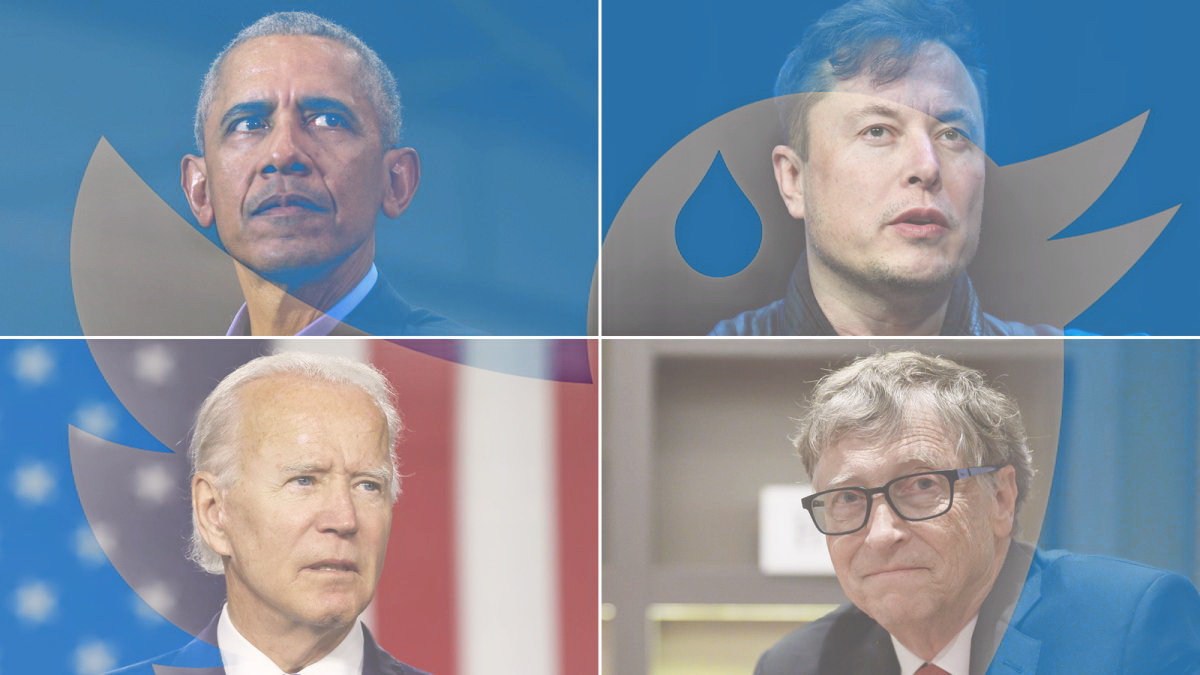Artificial Intelligence and Generative Tools May Change Politics
In the run-up to the 2024 US presidential election, there are a growing number of videos on social media featuring fake photos and supposedly AI-generated audio recordings of famous politicians that look like it could change politics.
Such videos are called deepfakes and can be used to manipulate public opinion and discredit rivals.So, in one of the deepfakes circulating on the Internet, Hillary Clinton unexpectedly supports Republican Ron De Santis. And in another similar video, President Joe Biden insults a transgender.
Recall that we also wrote that The FBI Said That Scammers Use Deepfakes to Get a Job, and also that Mayors of Several European Cities Communicated with the Deepfake of Kyiv Mayor Vitali Klitschko.
Creating deepfakes has become much easier and cheaper due to the new “generative AI” tools such as Midjourney, which allow you to synthesize realistic images and voices from a large amount of online material.
According to DeepMedia, a company that develops tools for detecting synthetic media, the number of deepfakes on the Internet has tripled in 2023 compared to last year. According to approximate forecasts of experts, by the end of the year, a total of about 500,000 video and audio deepfakes will be published on the Internet around the world.
Major social platforms such as Facebook, Twitter and YouTube are trying to quickly remove deepfakes, but their effectiveness in combating this kind of content has so far remained low.
The media also wrote that Scientists have introduced a new algorithm for protection against deepfakes.
At the same time, some political players are looking to purposefully harness the power of generative AI to enforce their campaigns. So far, the only known example of an entirely AI-powered political ad was a Republican National Committee ad released in late April. In a 30-second video, the committee showed a series of dynamically generated images showing a catastrophic scenario for the United States if Biden is re-elected: China is invading Taiwan and San Francisco is engulfed in crime.





